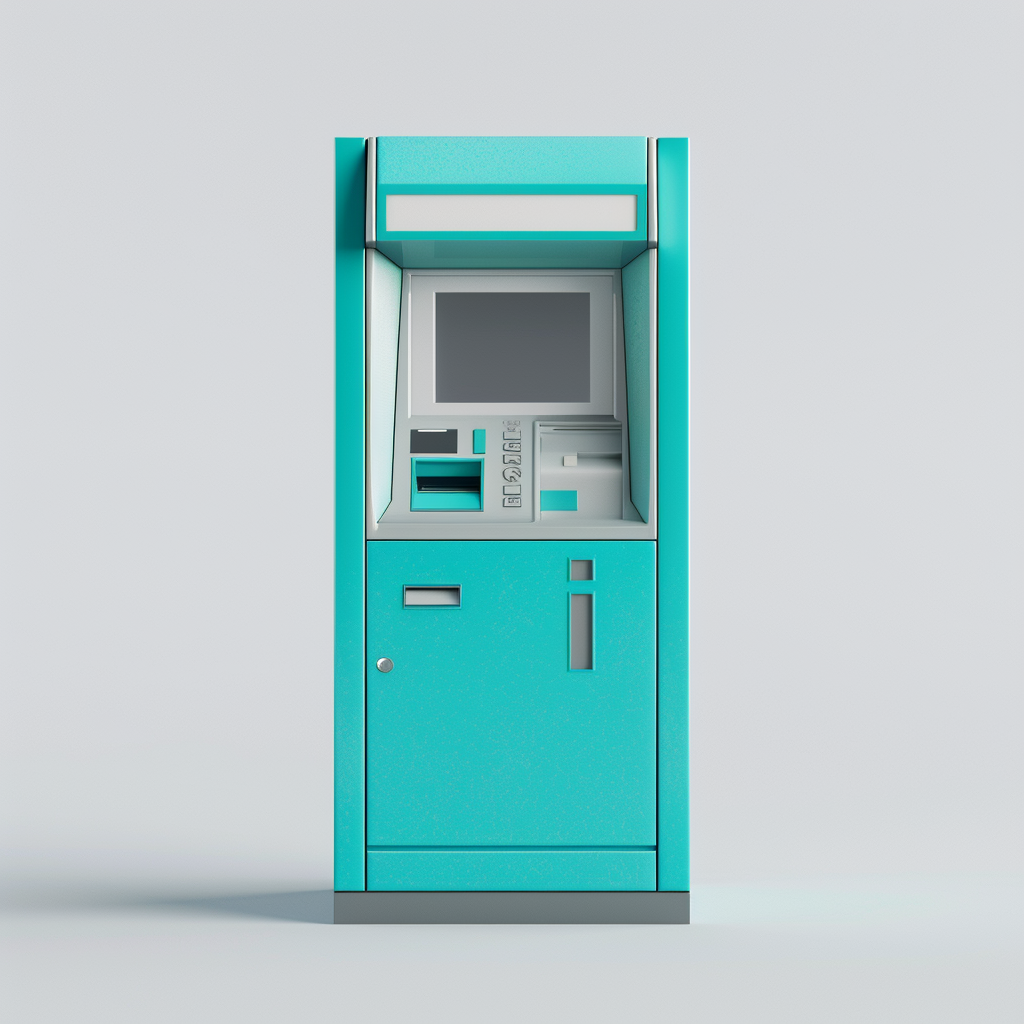
In the vast landscape of technological innovation, few inventions have had as profound an impact on our daily lives as the Automated Teller Machine, or ATM. Today, these ubiquitous devices are as familiar as our morning coffee, seamlessly blending into our routines and providing the convenience we often take for granted. But have you ever wondered how these marvelous machines came to be? Let’s take a trip down memory lane and explore the fascinating history and evolution of ATMs.
The Birth of a Revolutionary Idea
The story of the ATM begins in the 1960s, an era marked by space exploration and the Beatles. The idea of a machine that could dispense cash without human intervention seemed like something out of a science fiction novel. However, this futuristic vision was about to become a reality thanks to a few forward-thinking pioneers.
The first recorded concept of an ATM-like device dates back to 1939 when Luther Simjian patented the "Bankograph." Although the machine could accept deposits and provide receipts, it never gained widespread acceptance. It wasn’t until the mid-1960s that the idea truly began to take shape.
Enter John Shepherd-Barron, a Scottish inventor who, legend has it, was inspired by the concept of a chocolate vending machine. Shepherd-Barron envisioned a machine that could dispense cash in a similar manner. After pitching his idea to Barclays Bank, the world's first ATM was installed in Enfield, London, on June 27, 1967. This groundbreaking machine could dispense a maximum of £10 per transaction, and users were required to use a special paper voucher impregnated with a mildly radioactive compound for security purposes. Talk about a glowing endorsement!
The Rise of Plastic Money
While Shepherd-Barron’s invention was a significant milestone, the ATM as we know it today owes much to the evolution of plastic cards. In the late 1960s, American engineer Donald Wetzel, working for Docutel, developed the first ATM to use magnetic stripe technology. Installed by Chemical Bank in New York City in 1969, this machine allowed customers to withdraw cash using a plastic card, setting the stage for the widespread adoption of ATMs.
As magnetic stripe cards gained popularity, so did the ATM. By the 1970s, banks around the world were installing these machines to provide customers with 24/7 access to their money. The convenience and security offered by ATMs quickly made them a staple of modern banking.
The Golden Age of ATMs
The 1980s and 1990s saw a rapid expansion in ATM technology and usage. Machines became more sophisticated, incorporating features such as PIN-based authentication and the ability to perform a variety of transactions beyond simple cash withdrawals. The introduction of interconnected networks like Cirrus and Plus allowed customers to access their accounts from virtually anywhere in the world.
During this period, ATMs also began to sprout up in a variety of locations beyond bank branches, including shopping malls, airports, and even onboard cruise ships. The convenience factor was a game-changer, and ATMs became an integral part of everyday life.
Security Measures: Keeping the Bad Guys at Bay
As the popularity of ATMs grew, so did the ingenuity of criminals. The early 2000s brought about a wave of security challenges, including skimming devices that could steal card information and PINs. In response, banks and ATM manufacturers introduced a range of security measures to protect users.
Modern ATMs are equipped with advanced anti-skimming technology, such as detection sensors, jamming devices, and encrypted data transmission. Regular inspections and physical barriers around card slots also help prevent tampering. The constant battle between security and criminal innovation has led to continuous improvements in ATM technology, ensuring that users’ money remains safe.
The Digital Age: ATMs in the Era of Smartphones and Fintech
The rise of smartphones and digital banking has transformed the financial landscape once again. Today’s ATMs are more than just cash dispensers; they are multifunctional kiosks that offer a range of services, from bill payments to mobile top-ups and even video banking with live tellers.
Contactless technology has also made its way into the world of ATMs. Many machines now allow users to withdraw cash using their smartphones or contactless cards, providing a seamless and secure experience. The integration of biometric authentication, such as fingerprint and facial recognition, further enhances security and convenience.
The Future of ATMs: Where Do We Go From Here?
As we look to the future, it’s clear that ATMs will continue to evolve in response to changing consumer needs and technological advancements. The concept of "smart ATMs" is already gaining traction, with machines that can communicate with users through AI-powered interfaces, offering personalized financial advice and services.
Additionally, the ongoing development of blockchain technology and cryptocurrencies may pave the way for ATMs that support digital currencies, allowing users to buy, sell, and withdraw cryptocurrencies alongside traditional cash transactions.
Conclusion: A Pillar of Modern Banking
From their humble beginnings as futuristic novelties to their status as indispensable tools of modern banking, ATMs have come a long way. They have adapted to the times, incorporating new technologies and features to meet the evolving needs of consumers. At Vertex ATM, we are proud to be a part of this journey, committed to providing secure, innovative, and convenient ATM solutions for businesses and customers alike.
So, the next time you withdraw cash from an ATM, take a moment to appreciate the incredible history and technological evolution that makes this simple act possible. It’s a testament to human ingenuity and our relentless pursuit of convenience and security in the digital age.